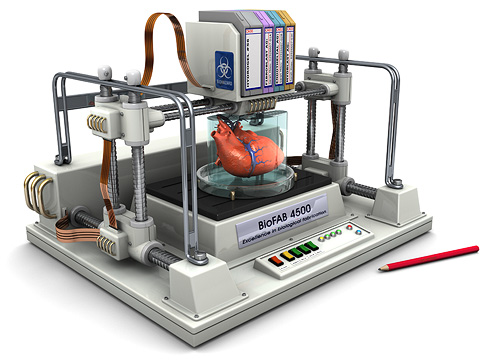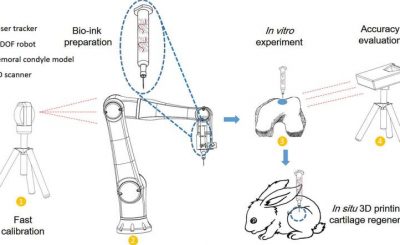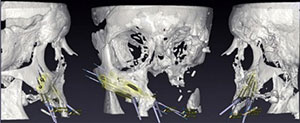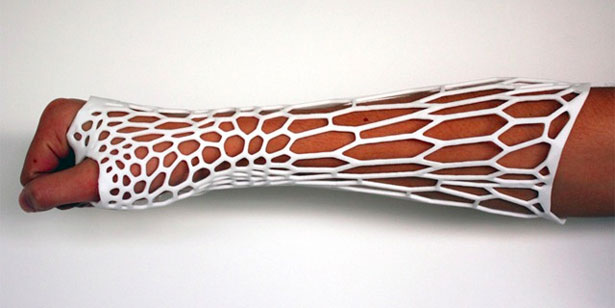It’s exciting to see that the progress that medical 3D printing has been making in recent years, reflecting predictions made by Gartner regarding the future path of the technology. Following the FDA-approved cranio and facial implants from Oxford Performance Materials, Bio Architects has announced FDA approval of a patient-specific titanium cranial/craniofacial plate implant. While it may not be the first overall, BioArchitects is the first to receive such clearance for a titanium cranial/craniofacial plate.

The implant, to be permanently attached to the skull and/or face with self-tapping titanium screws, is meant to repair defects in non-loadbearing bones in the head and face. These injuries include bony defects from trauma, disease, and congenital issues. 3D printed with Arcam’s EBM technology, the implants are made from biocompatible titanium and feature light weight and high tensile strength. Because the implants are designed using CT and MRI scans from individual patients, they can be 3D printed specifically with the patient in mind.
Mark Ulrich, CEO of BioArchitects USA, said of the news, “We are extremely proud to contribute to what we consider another major advance in the trend toward personalized medicine. We believe that this is yet another step toward what will ultimately become the new standard of care.” Magnus Rene, CEO of the Arcam Group, commented, “BioArchitects is a prime example of how innovative organizations are using EBM technology to advance biomedical surgeries that truly effect people’s lives. Arcam has been a strategic supplier to the orthopedic market for over a decade and tens of thousands of implants are made yearly from our EBM systems. It is clear that both BioArchitects and Arcam are advancing patient care with new technologies that will make a significant difference in the world of medicine for years to come.”
As exciting as this news is, it is part of a larger trend of increasing FDA approval of 3D printed medical devices that also include Aprecia’s 3D printed medication, dentures made with 3D printing, spinal implants from multiple companies, and the aforementioned craniofacial devices from OPM. Altogether, 3D printing is making a lot of headway towards becoming a mainstream technology in the medical industry.





